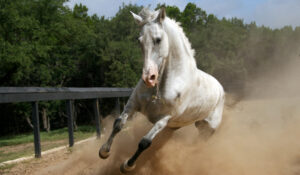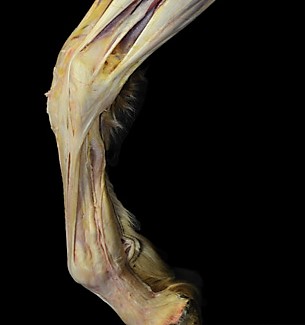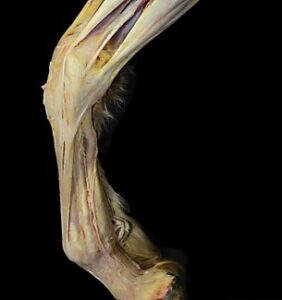Equine collateral ligament :
As majestic and powerful animals, horses depend on their limbs for agility, speed, and strength. Among the various structures that contribute to their locomotion, the Equine collateral ligament plays a crucial role in stabilizing the joints and maintaining their overall functionality. In this blog, we will explore what the collateral ligament is, its significance, and how it can be injured, as well as the steps involved in managing such injuries.
What is the Collateral Ligament in Horses?
The collateral ligament is a strong band of fibrous tissue found on either side of certain joints in horses, such as the fetlock, pastern, and coffin joints. These ligaments provide essential stability and prevent excessive side-to-side movement during various movements, such as walking, trotting, and galloping. The ligaments work together with other structures, including tendons and bones, to support the horse’s weight and distribute the forces generated during movement.
Causes of Collateral Ligament Injuries in Horses:
Collateral ligament injuries in horses can result from various factors, including:
- Overexertion and Intense Training: Horses engaged in rigorous activities, such as racing, jumping, or dressage, are more susceptible to ligament injuries due to the repetitive stress placed on their limbs.
- Poor Footing: Uneven or slippery terrain can lead to missteps, putting additional strain on the ligaments and increasing the risk of injury.
- Trauma: Direct blows or collisions to the limb can cause sudden, acute injuries to the collateral ligament.
- Poor Hoof Balance: Incorrect trimming or shoeing of a horse’s hooves can disrupt the natural alignment of the limbs, contributing to ligament strain.
- Age and Conformation: Older horses or those with conformational abnormalities might be at a higher risk of collateral ligament injuries due to the altered load distribution on their limbs.
Signs and Symptoms of Collateral Ligament Injuries:
Identifying collateral ligament injuries early is crucial for prompt treatment and a better chance of recovery. Some common signs and symptoms include:
- Lameness: A horse with a collateral ligament injury may exhibit lameness, which might vary in severity depending on the extent of the damage.
- Heat and Swelling: Affected limbs may feel warm to the touch and show signs of swelling near the injured ligament
- Reluctance to Bear Weight: Horses may avoid putting weight on the injured limb or show signs of discomfort while doing so.
- Reduced Range of Motion: Limited joint mobility and stiffness are common indicators of a collateral ligament injury.
Managing Collateral Ligament Injuries:
The management of collateral ligament injuries in horses typically involves the following steps:
- Veterinary Evaluation: A qualified veterinarian will perform a thorough examination, which may include imaging techniques like ultrasound or MRI to assess the extent of the injury.
- Rest and Rehabilitation: Rest is essential for the ligament to heal properly. Controlled exercise programs, such as hand-walking or controlled turnout, can aid in the rehabilitation process.
- Medications: Anti-inflammatory drugs and pain relievers may be prescribed to alleviate pain and reduce inflammation.
How Can PJS all-in-one Solution help?
PJS is a remarkable supplement designed to promote and accelerate the inflammation cycle. At its core lies Arto-Velox, an exclusive combination of systemic enzymes that efficiently normalize fibrin in the blood, ensuring a controlled and optimized inflammation process. By managing inflammation, PJS supports the body’s essential nutrients and healing properties to reach the injury site, acting as a natural pain reliever.
In addition to Arto-Velox, PJS incorporates collagen, hyaluronic acid, glucosamine, and chondroitin, all contributing to the well-being of cartilage and fibrous soft tissue. This harmonious blend of nutrients facilitates a superior and speedy healing process. More than just a support for injuries, PJS also acts as a preventive measure, equipping your horse with essential nutrients to maintain strong and healthy legs. Experience the transformative effects of PJS and witness the extraordinary support it provides for your horse’s overall health and performance. Click here to buy now!

Revolutionizing Equine Health: Real Success Stories from the Field
In the world of equine sports and care, the quest for the perfect solution to maintain and enhance joint health has always been a top

The Science Behind Joint Supplements: What Works for Your Horse
In the quest for maintaining our equine partners’ health and performance, joint health emerges as a critical area of focus. Joint issues can sideline even


